"10 Best Practices for Successful CAD Modeling"
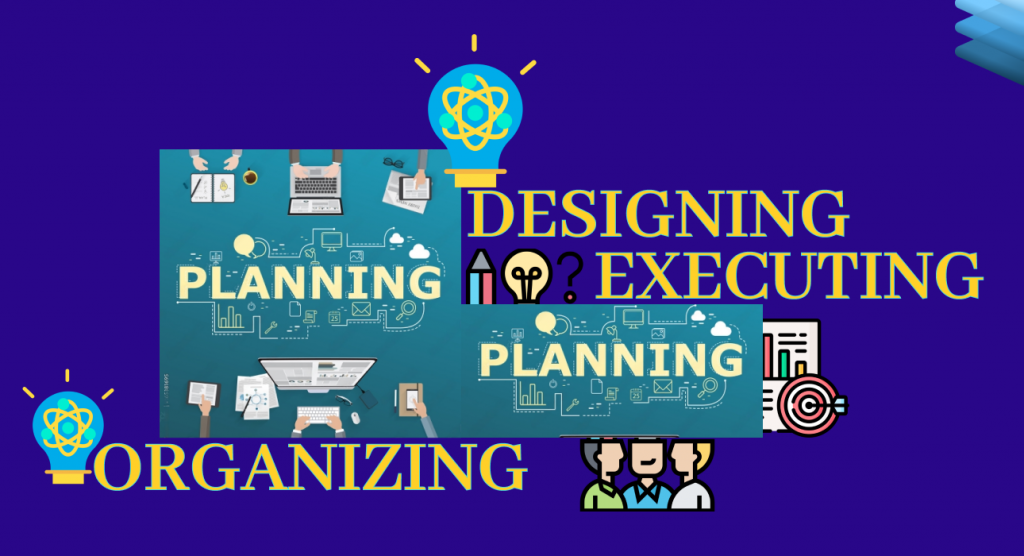
Computer-Aided Design (CAD) has revolutionized the way we design and create products. With the help of CAD software, engineers and designers can create complex models, simulate them, and test their functionality. However, creating an accurate and efficient CAD model requires more than just knowing how to use the software. Here are 10 best practices for successful CAD modeling:
Plan and organize your project before you start
Before you start creating your CAD model, you should have a clear plan of what you want to accomplish and how you want to accomplish it. This will help you stay on track and avoid wasting time on unnecessary work.
Following are some points to keep in mind:
- Define the scope of the project
- Determine the project timeline
- Gather information
- Choose the appropriate software
- Create a file management system
- Create a design plan
- Begin modeling
- Test and refine the model
- Finalize the model
- Evaluate the project
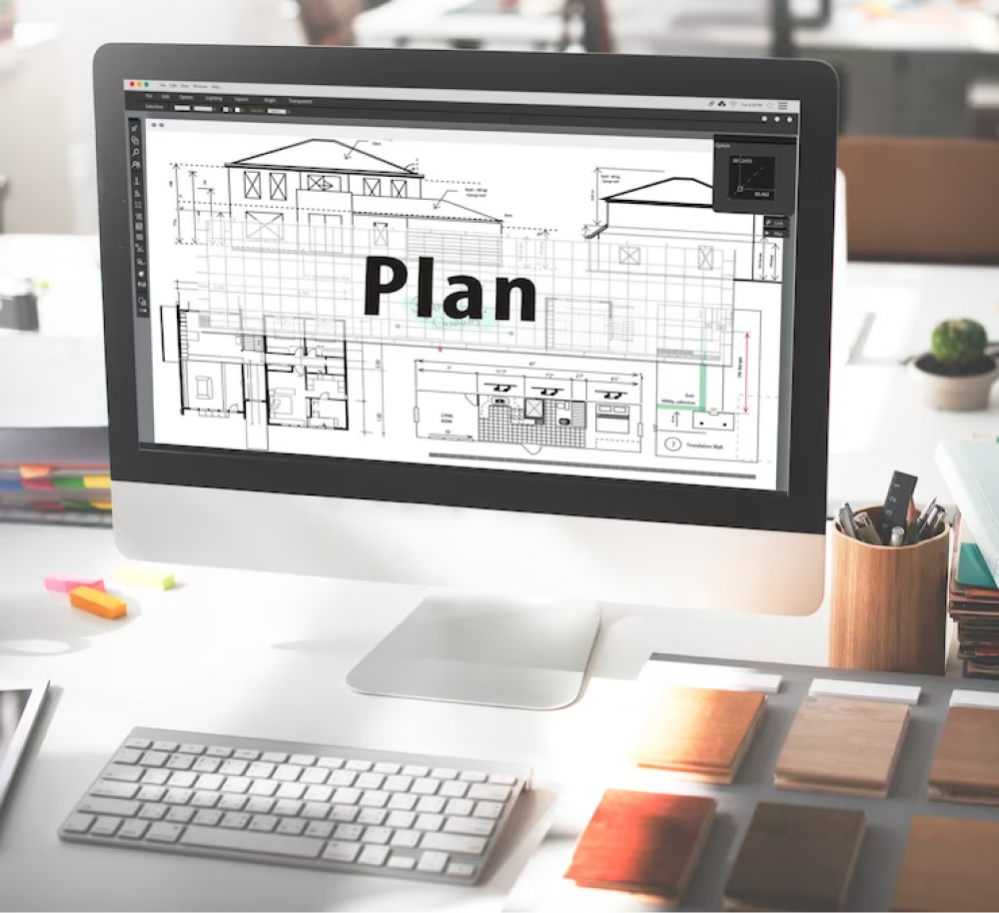
Use appropriate modeling techniques

There are different modeling techniques that you can use depending on the complexity and purpose of your CAD model. Make sure to choose the appropriate technique that best suits your needs.
To achieve successful CAD modeling, it is essential to use appropriate modeling techniques. Here are some techniques to consider:
- Sketching
- Extrusion
- Revolving
- Lofting
- Sweeping
- Boolean operations
- Filleting and chamfering
- Parametric modeling
- Mesh modeling
- Surface modeling
Pay attention to accuracy and precision
Both accuracy and precision are critical for successful CAD modeling. If a model is inaccurate, it may not be usable for its intended purpose, while a lack of precision can result in a model that doesn’t capture all the necessary details or may even introduce errors or inaccuracies.
Accuracy and precision are both critical factors for successful CAD modeling. Here’s what they mean and why they matter:
Accuracy refers to how close the CAD model is to the real-world object it represents. In other words, it’s a measure of how well the model matches the actual dimensions, features, and properties of the physical object. Accuracy is essential for ensuring that the CAD model can be used for its intended purpose, whether that’s designing a product, analyzing its performance, or creating manufacturing instructions.
Precision, on the other hand, refers to the level of detail and refinement in the CAD model. It’s a measure of how closely the model captures small or subtle features of the object, such as curves, angles, and surface textures. Precision is important for ensuring that the CAD model is as faithful to the original object as possible, which can be crucial for design, analysis, and manufacturing.
To ensure accuracy and precision in CAD modeling, it’s important to use reliable and accurate measurement tools, employ consistent and standardized modeling techniques, and validate the model against the original object or other reference sources. It’s also important to use high-quality CAD software that supports accurate measurements and precise modeling capabilities. By paying attention to accuracy and precision, you can create CAD models that are reliable, useful, and effective for their intended purpose.
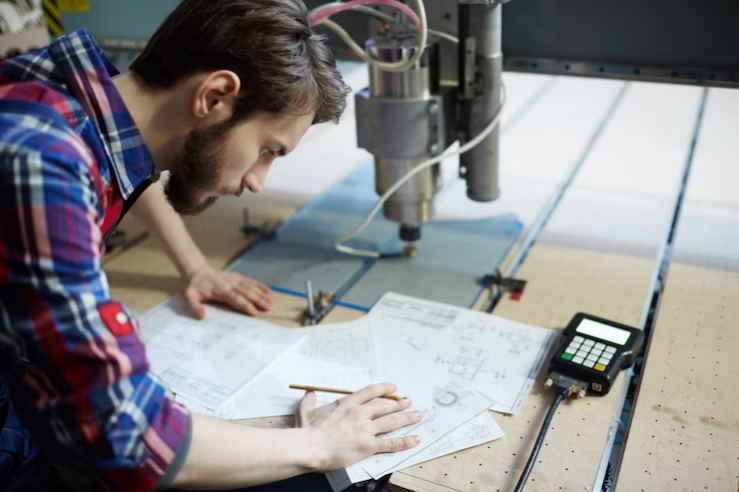
Organize and name your components

As your CAD model grows, it can become difficult to manage and make changes. To avoid this, make sure to organize and name your components in a logical and consistent way.
Organizing and naming components is an essential part of successful CAD modeling. It helps to keep the model well-structured, easy to navigate, and facilitates collaboration with others who may be working on the same project. Here are some tips for organizing and naming components in CAD modeling:
-
Group similar components together
-
Use a logical naming convention
-
Use descriptive names
-
Avoid duplicate names
-
Use a hierarchical structure
-
Use colors and layers
Use layers and colors
Using layers and colors is an essential part of successful CAD modeling. It helps to keep the model well-organized, easy to navigate, and facilitates collaboration with others who may be working on the same project. Here are some tips for using layers and colors in CAD modeling:
- Use layers to group similar objects:
- Assign different colors to different layers
- Use contrasting colors
- Use transparency for different layers
- Use naming conventions
- Use templates
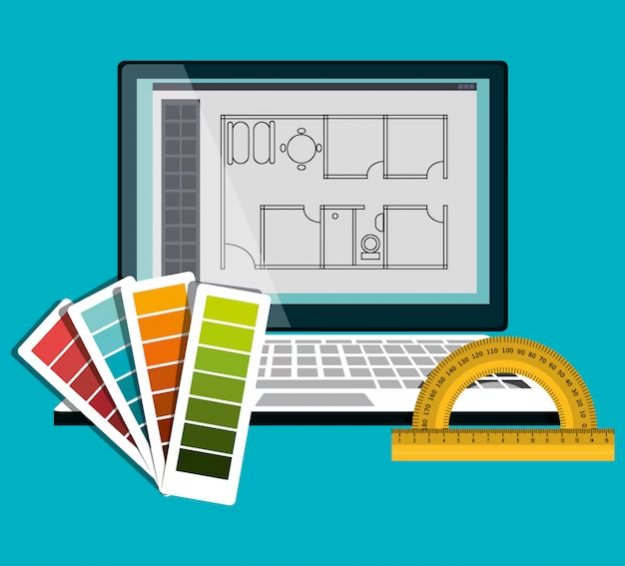
Use parametric modeling
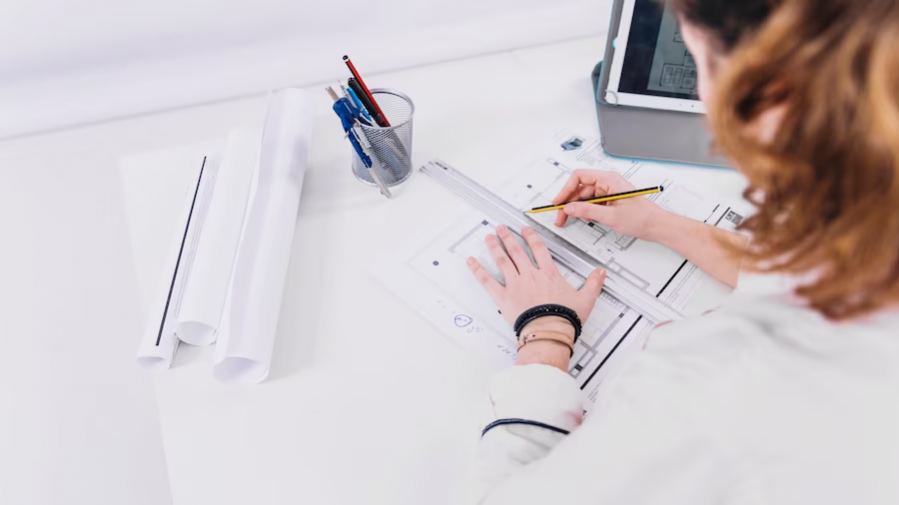
Parametric modeling is a powerful technique that can be used to create successful CAD models. It allows you to create a model using parameters or variables that define its size, shape, and other characteristics. Here are some tips for using parametric modeling in CAD:
- Define design intent
- Use parametric features
- Create design tables
- Use constraints
- Use equations
- Use history-based modeling
Document your model
Documenting your CAD model is an important part of successful CAD modeling. Proper documentation helps to ensure that the model is well-documented, easy to understand, and can be used by other team members or stakeholders. Here are some tips for documenting your CAD model:
- Use a standard file naming convention
- Include a title block
- Use annotations
- Include a bill of materials
- Use revision control
- Create a user manual
- Use a CAD file viewer
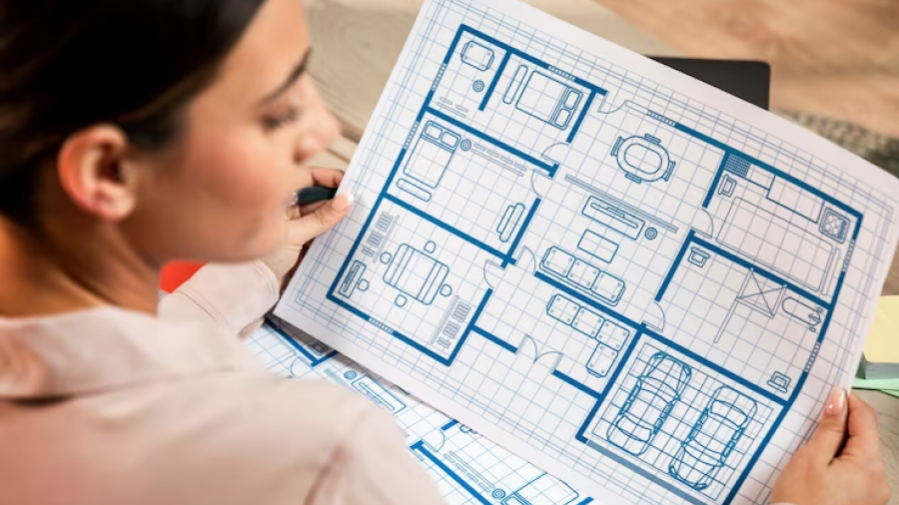
Test your model
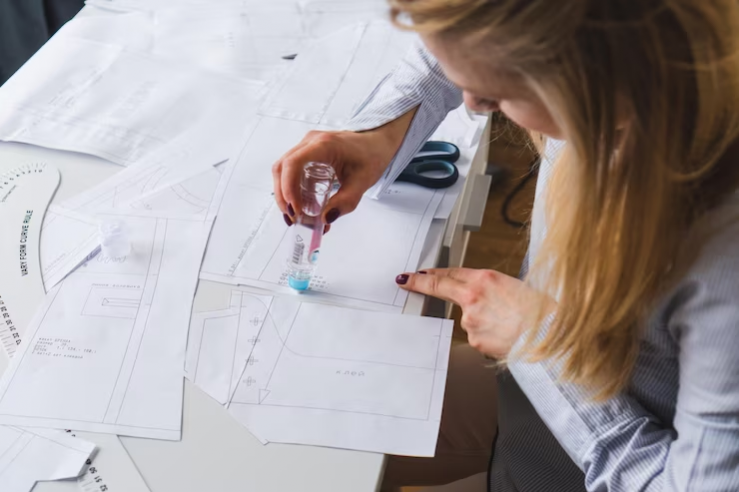
Testing your CAD model is an important step in ensuring that it is accurate, functional, and meets the desired design intent. Here are some tips for testing your CAD model:
- Perform a visual inspection
- Perform interference checks
- Perform motion checks
- Perform stress analysis
- Perform tolerance analysis
- Perform simulation testing
- Perform physical testing
Collaborate with others
CAD modeling often involves collaboration with other designers and engineers. Make sure to communicate clearly and work together effectively to achieve your goals.Collaboration is a key aspect of successful CAD modeling, especially in team-based environments.
Here are some tips for collaborating with others on CAD modeling:
- Establish clear communication
- Define roles and responsibilities
- Use a centralized data management system
- Share files and collaborate in real-time
- Provide feedback and review
- Document changes and revisions
- Respect different viewpoints and expertise

Stay up to date with new technologies

CAD modelling is a constantly evolving field, so it is important to stay up to date with new technologies and techniques. This can help you improve your skills and stay competitive in the industry.
Here are some tips for staying up to date with new technologies:
- Attend conferences and trade shows
- Participate in webinars and online courses
- Read industry publications
- Join professional organizations
- Follow industry experts on social media
- Experiment with new software and hardware
- Collaborate with other professionals
Conclusion
In conclusion, following these ten best practices will help you to create successful CAD models that are accurate, efficient, and effective. Plan and organize your work, use a consistent naming convention, use constraints and parameters, maintain a clean and organized CAD model, use appropriate tools and features, keep it simple, use realistic materials and textures, test and verify the model, collaborate and communicate effectively, and keep learning and improving.


